We’re pleased to introduce you to Tram Le-Jones, ftrack’s new VP of Solutions. Tram joins team ftrack to collaborate with our customers and develop new production tools that will remove barriers to creativity. Read on to learn how Tram’s work will contribute to the success of your future projects!

Please tell us a little about your career journey. How did you get to where you are today?
Although I didn’t always know what I wanted to do, I knew the kinds of problems I liked solving and the problems I didn’t, so getting where I am today was a process of elimination! In college, I studied computer science. Near the end of the course, I realized I didn’t want to be a developer. I landed an internship at ESC Entertainment soon after, which was working on The Matrix Revolutions at the time. The work, passion, and brilliance coming from everyone I encountered on the team were inspiring. I thought of becoming a CG artist, so I took some basic training in modeling, animation, lighting, and compositing. However, I realized my real passion was talking to people. I figured all these skills I had acquired would be an asset in production, so I became a coordinator.
From there, I became a producer. I’m passionate about improving scheduling and budgeting and participated when the visual effects industry protested at the Oscars in 2013. I also got involved when the industry tried to form a trade union.
After years of producing and grappling with late nights and weekends, I moved over to the software side at Autodesk. Call me biased, but I just wanted to help the fantastic friends I made in the industry work more efficiently through production tracking software! During that time, we were able to utilize the wealth of data around the progress of projects as supporting evidence to work toward better project planning. In 2013, I partnered with my friends, Fran Zandonella and Dane Bettis, to further advocate for efficient workflows and co-create the LA Pipeline Meetup group. This year, I co-chaired The Pipeline Conference with Rob Blau. Such efforts have all supported working and collaborating more closely to produce better, more efficient work.
I’ve now brought this experience and this passion for better, more productive collaboration to ftrack. I’m beyond excited to join the team as VP of Solutions and continue working toward a future with no boundaries preventing creative success.

What does your role as VP of Solutions at ftrack involve?
My role as VP of Solutions at ftrack sits at the intersection of product, sales, and the industry we serve.
Along with the ftrack team, I collaborate with our clients and learn how to help them excel at their work. I also connect with other third-party products and partners to support one another and learn how to help set up studios for success. We’re committed to working closely with the industry and being a driving voice in ongoing conversations about where we’re all headed. I feed this information to the ftrack product team and guide our development path, making sure we build a platform that best serves our clients and addresses the creative, technical, and collaborative challenges they face today.
I also oversee the ftrack Global Professional Services team to help deploy consulting and pipeline services for clients who need additional support but do not have the resources to build tools or create complex pipelines themselves. Furthermore, I guide the development of ftrack’s integrations team, who work on developing ftrack Connect and other tools that extend ftrack Studio beyond its core functionality. I’m thrilled to lead the team—it’s such an exciting time to be at ftrack.

You’ve worked at Rhythm and Hues, Digital Domain, Sony Pictures Imageworks, Method Studios, and Framestore in several production and systems roles—impressive! What were the main takeaways from your time in the industry?
I’ve worked at some big-name places but also a lot of smaller studios. The pipelines at the larger studios I’ve worked at are mind-blowing. On the other end of the scale, the amount of work smaller studios push through their pipelines, often with slim resources, is remarkable. However, what’s interesting is that the challenges across both large and smaller studios are often the same—sourcing the tools, time, and budget to do great work! Many of these pipelines contain tools that are functionally the same, studio to studio, with some variation. I feel, as an industry, we can do so much better at working together, sharing ideas, and increasing efficiency all around. At ftrack, I’m eager to drive this conversation with our clients and help solve the common problems we all share, as well as new and unique problems.
What are you excited about achieving at ftrack?
I’m looking forward to building a team of industry veterans who will work with our clients to accelerate ftrack product deployment and create new, integrated features. I think it’s essential that, along with my team, I listen intently to our client’s needs and work with them as partners as we solve their challenges. We’ll keep learning from the industry and utilize those experiences to build even better products and solutions in the coming months.

What excites you about the industry’s future, and how do you see ftrack fitting into that?
I’m interested in cloud-based workflows and the impact they have on remote work. I’ve been a huge proponent of remote working for years—even before I started WFH over six years ago. Cloud-based workflows promote a remote working environment in which companies can hire for talent rather than for location. The talent pool opens up so much more than with traditional brick-and-mortar operations. Scaling on the fly is also much easier if you’ve transitioned your pipeline to the cloud.
Naturally, my passion for the cloud is an important element in my work for ftrack. As it’s cloud-based, ftrack keeps production progress and reviews super organized, even when working in distributed teams. ftrack can integrate easily with a studio ecosystem and serve as a hub of information for all. I’m interested in the ease of such workflows and the efficiency they engender for hard-working creative teams.
Another exciting thing is the latest round of open source projects currently gaining momentum, such as OTIO and USD. Ultimately, my passion lies in helping our clients do their best work while being as efficient as possible and removing barriers or obstacles, regardless of product. Standards like OTIO and USD are a big step toward helping both our clients and vendors to interchange information in a standard, agreed-upon way—and that in turn is a step toward more straightforward collaboration, increased efficiency, and more exciting projects! I can foresee how more workflows can leverage new open-source formats in the future, and I’m excited for ftrack to be at the table for these conversations.

You’ve mentioned the importance of “balancing Empathy, Efficiency, and Creativity”. Do you feel empathy will be key in how we approach work in the years to come?
Absolutely. Empathy is vital in creating workflows today. We must always remember there are people behind pipeline, both creators and users, and the workflow improvements we make should benefit those people as much as the projects they create. For example, the time of creators and users is valuable, and as we design workflows, we should ask how we can optimize and save more of that time. Saved time can translate to an artist creating one additional render and improving the quality of their work. It can also translate to a parent coming home early enough to read their child an extra story before bed. If COVID has taught us anything, it’s how valuable time is and how important it is to be kind, considerate, and empathetic to others.
What do you enjoy outside of work?
Outside of work, I’m a minivan-driving mom of 3-year-old twins. I mostly enjoy sleeping, but I never get enough of it! For now, I’m soaking up every moment I can with my kids. When they’re older and no longer want to hang out with me, I’ll start thinking about hobbies again. I’m into things like smart home automation and IoT, and I look forward to reconfiguring my home hub when I have more time again.
Try ftrack today
Increase efficiency and support your team’s wellbeing with organised and well-balanced work.

More from the blog
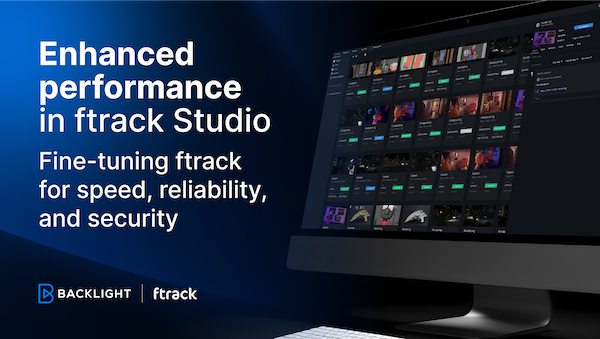
Enhanced performance in ftrack Studio: Fine-tuning for speed, reliability, and security
Chris McMahon | API, Developer, New features, Product, Productivity, Studio | No Comments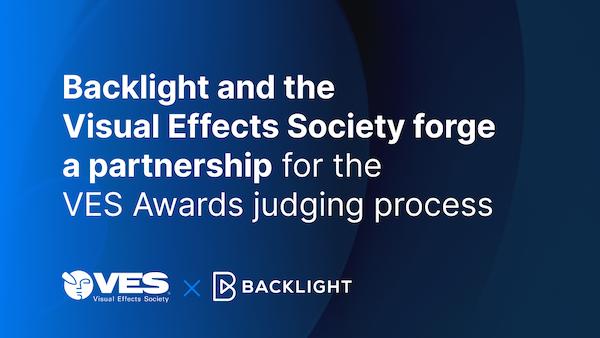
Backlight and the Visual Effects Society forge a partnership for the VES Awards judging process
Kelly Messori | Case Study | No Comments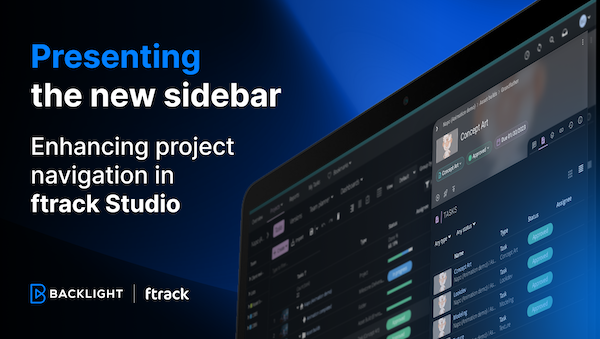
Presenting the new sidebar: Enhancing project navigation in ftrack Studio
Chris McMahon | New features, Product, Release, Studio | No Comments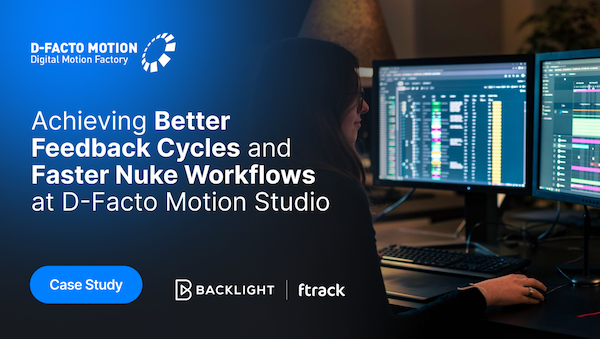
Achieving Better Feedback Cycles and Faster Nuke Workflows at D-Facto Motion Studio
Kelly Messori | Case Study, Studio | No Comments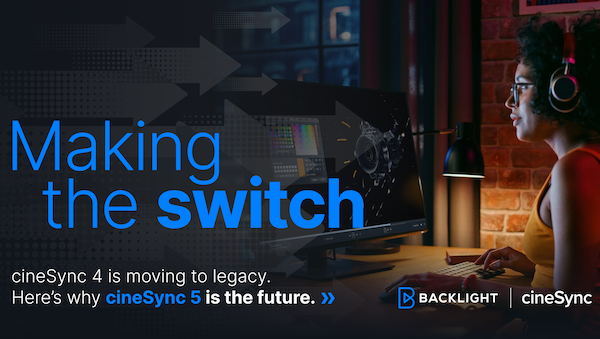
Making the switch: The transition to cineSync 5
Mahey | Announcements, cineSync, News, Product | No Comments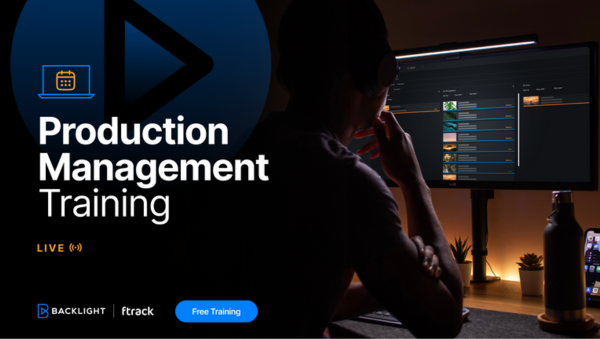
Supporting Your Studio: Free ftrack Studio Training and Office Hours from Backlight
Kelly Messori | News | No Comments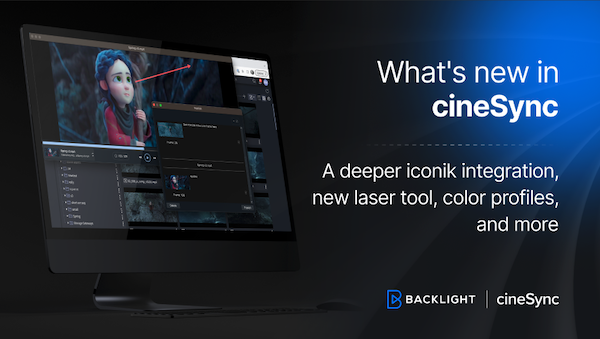
What’s new in cineSync – a deeper iconik integration, laser tool, OTIOZ support, and more
Chris McMahon | cineSync, New features, Product, Release | No Comments